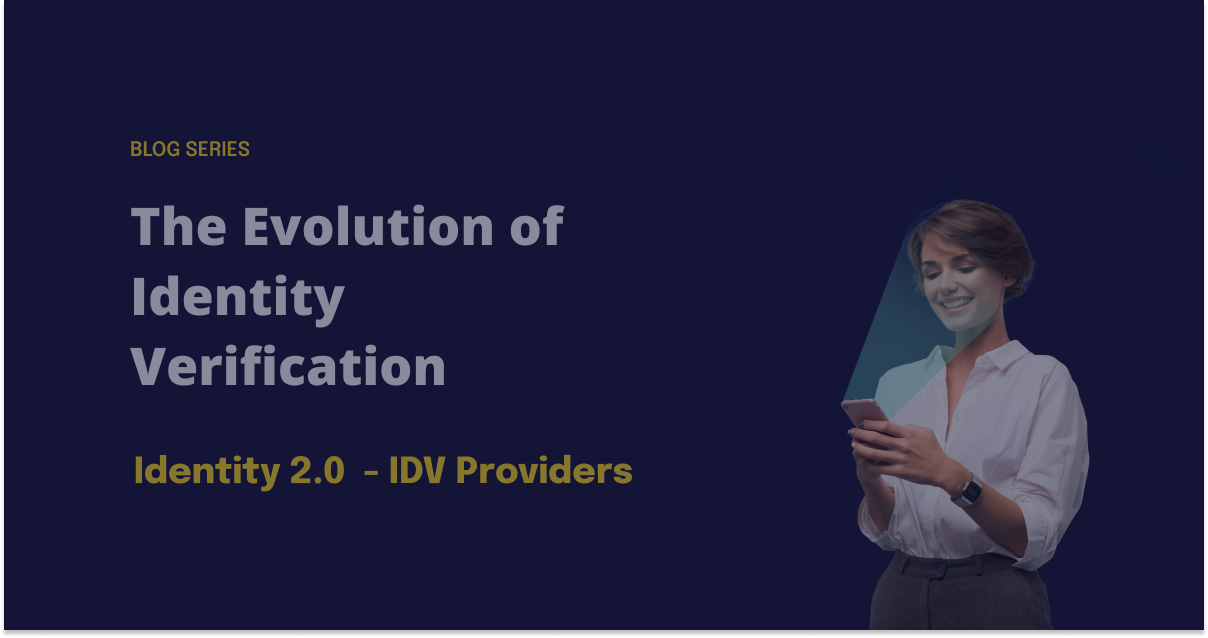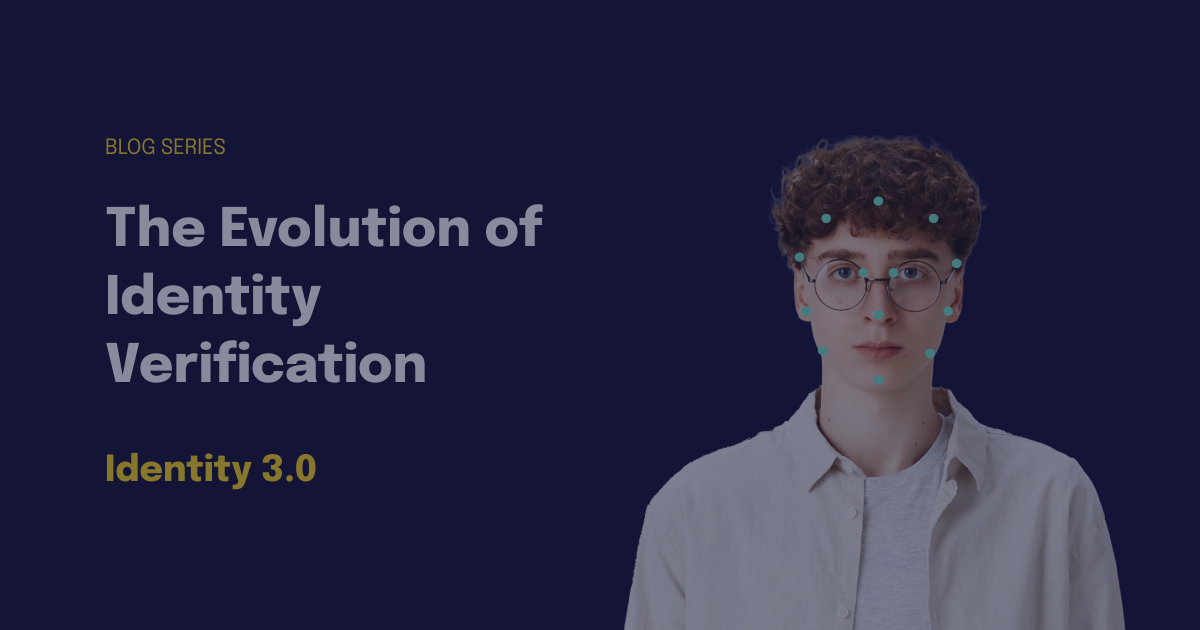The increasing adoption of digital technology by society, the widespread use of mobile devices, and the implementation of new authentication regulations have collectively contributed toward this change. With the rise of e-commerce, social media, and other digital platforms, the need for secure and reliable identity verification became increasingly apparent. This sparked the development of Identity 1.0, the initial wave of solutions tackling the identity verification challenges of the evolving online world.
In this blog, we are going to dive into the origins of identity verification and explore its evolution since the 2000s. We will examine the challenges faced during the era of Identity 1.0 and how they paved the way for advancements in biometrics and AI-based technologies.
Identity 1.0: The Birth of Digital Identity
Let's rewind to an era when our financial identities were primarily managed by credit bureaus like Experian, Equifax, and TransUnion. These organizations collected, validated, and distributed our personal and financial information, paving the way for our initial steps into the digital financial world. Credit bureaus managed to create unique financial fingerprints for individuals, using credit-related activities and behaviors to sketch a comprehensive financial history. This financial history became our first digital identity, Identity 1.0.
However, as technological advancements accelerated and online transactions became more prevalent, the limitations of relying solely on credit bureaus for identity verification became evident. The need for more robust and secure methods of identity verification emerged, leading to the evolution of systems beyond the realm of traditional credit reporting agencies.

The Promise and Perils of Centralized Trust
Trust, a vital component of any relationship, was centralized in Identity 1.0. Credit bureaus were the trusted third-party intermediaries controlling and validating our financial identities. These organizations simplified the lending process by providing a single source of truth for lenders, and they offered some level of fraud protection by monitoring suspicious activities.
Yet, this centralized trust model proved to be a double-edged sword. Centralization led to single points of failure, making the entire system vulnerable to data breaches and identity theft. We all remember the infamous Equifax data breach in 2017 as a vivid example of this inherent weakness.
Aside from the security issues, the Identity 1.0 era struggled with problems related to data transparency and control. Consumers had little power over who accessed their data and how it was utilized. In many cases, they were left in the dark about who was reviewing their credit and why.
Conclusion
The lessons from the Identity 1.0 era, the time of credit bureaus, are integral to our mission of advancing digital identity. At Trustmatic, we are motivated to build on these experiences, drive the digital identity evolution forward, and create an Identity 3.0 that is secure, transparent, decentralized, and user-focused.
Stay tuned for the next article in this series, where we will explore the complexities of Identity 2.0, the era of decentralization and self-sovereign identity. Through understanding the past and present, we will reveal how we can shape the future of digital identity together. Stay tuned for the exciting journey to Identity 3.0.
Interested in seeing Trustmatic in action? Request a demo or contact us.


.webp)


